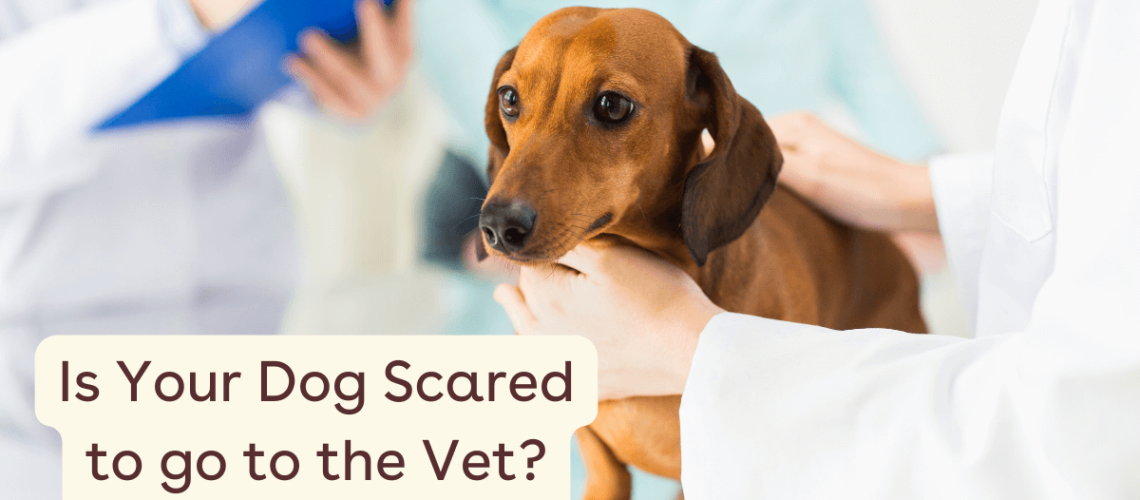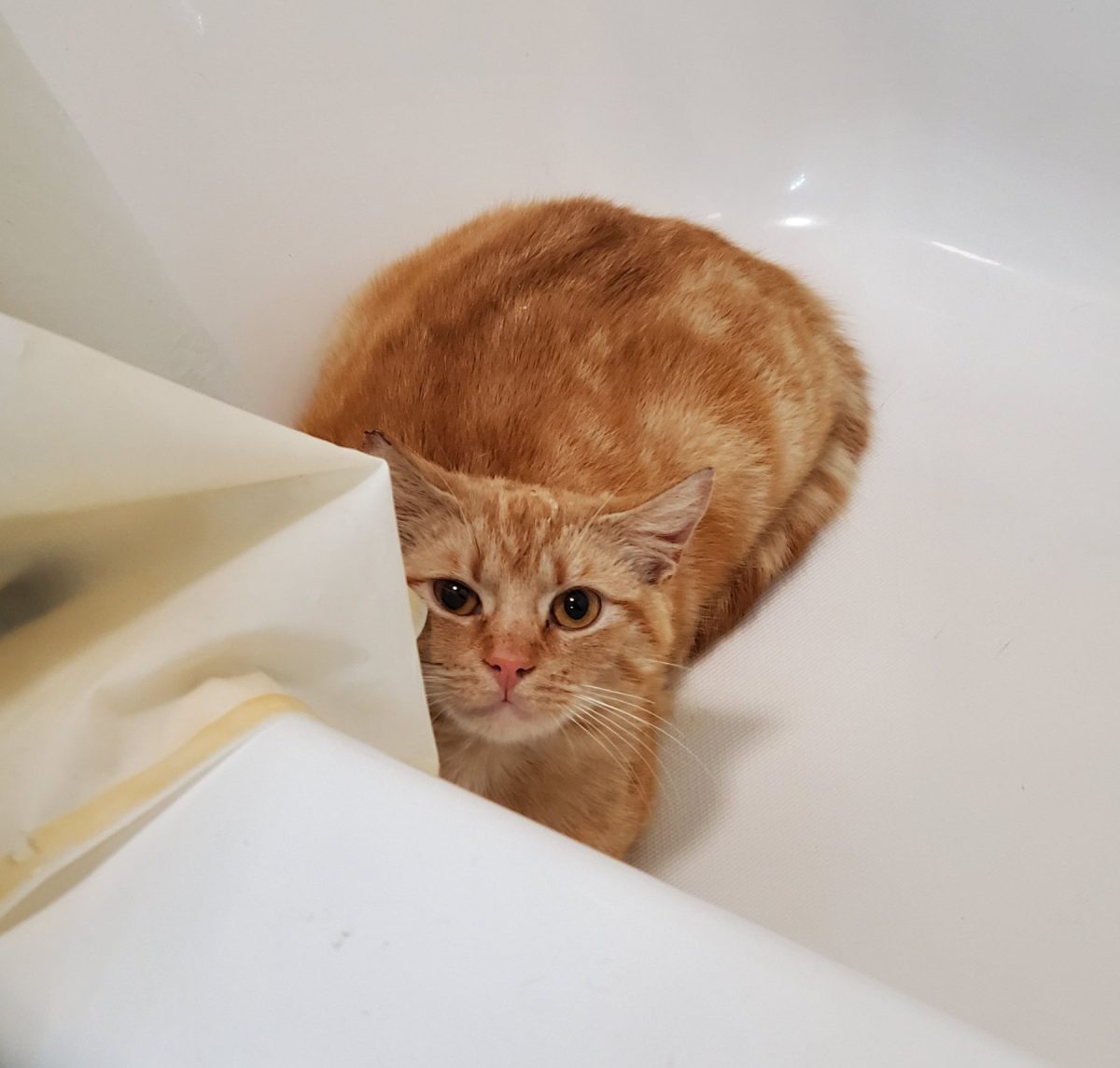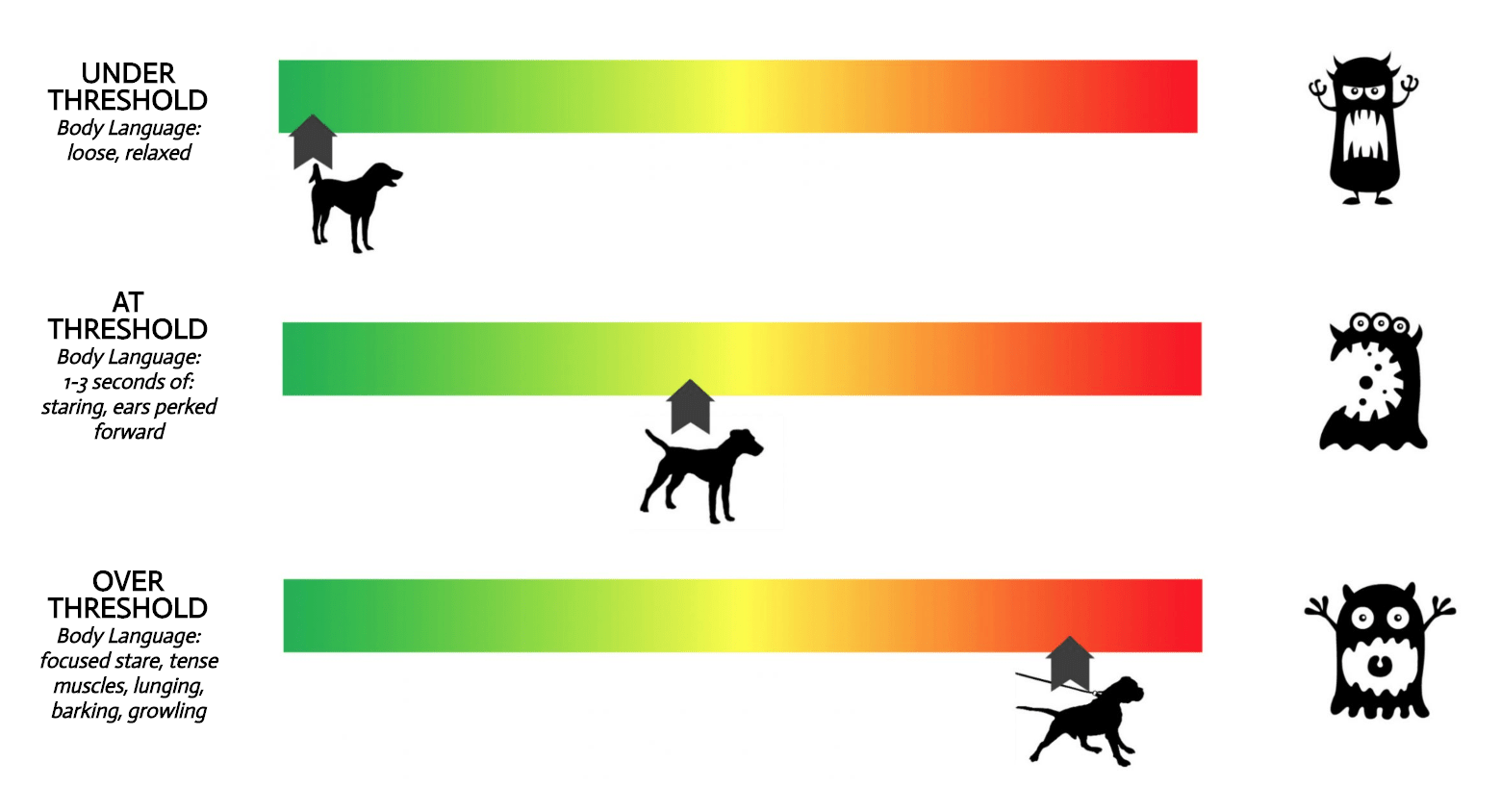Key Takeaways:
- Start early: Introduce your dog to the veterinarian at a young age to prevent fear and anxiety from developing.
- Positive reinforcement: Use treats and rewards during vet visits to create positive associations with the experience.
- Desensitization: Gradually expose your dog to veterinary equipment and procedures to reduce fear and build confidence.
- Choose a calm vet: Find a veterinarian who is experienced in handling fearful dogs and creates a calm environment.
- Patience and empathy: Understand that fear of the veterinarian is common in dogs and be patient while helping them overcome it with love and understanding.
Is your furry friend terrified of going to the vet? Do they tremble, whine, or hide at the mere mention of a check-up? If so, you're not alone. Many dogs experience fear and anxiety when faced with a trip to the veterinarian. But fear not! In this article, we will explore effective strategies to help your dog overcome their fear and make vet visits a breeze. By understanding how to ease their anxiety, you can ensure that your beloved pet receives the necessary medical care without any unnecessary stress or trauma. So get ready to discover practical tips that will transform your dog's vet visits from fearful experiences into positive ones – for both of you!
How to Help Your Dog Feel Less Scared at the Vet
Understanding Your Dog's Fear
Many dogs feel scared or anxious when visiting the veterinarian. This fear can be caused by various factors, such as previous negative experiences, unfamiliar smells and sounds at the vet's office, or even just the anticipation of being examined. It's important to understand that your dog's fear is real and valid.
Some common signs of fear in dogs include trembling, panting, trying to hide, or even becoming aggressive. As a responsible pet owner, it is your job to help your furry friend feel more comfortable and safe during vet visits.
Taking Small Steps to Reduce Fear
Preparing your dog for a vet visit can make a big difference in reducing their fear and anxiety. Start by gradually introducing them to the sights and sounds associated with the vet's office. Take short trips to the clinic without any medical procedures involved. Let your dog explore the waiting area and get familiar with the environment.
You can also practice gentle handling exercises at home, such as touching their paws or gently examining their ears. Reward them with treats and praise for staying calm and cooperative during these practice sessions. This will help build positive associations with being touched and handled.
Reasons Why Dogs Become Fearful of Visiting the Veterinarian
Past Negative Experiences
Dogs have excellent memories, and if they had a traumatic experience at the vet in the past, they may associate all future visits with that negative experience. This can lead to fear and anxiety every time they step foot in a veterinary clinic.
If you suspect that your dog had a bad experience before, it's important to communicate this with the veterinarian so they can take extra precautions to make the visit less stressful. They may recommend sedation or other techniques to help your dog feel more at ease.
Unfamiliar Environment and Procedures
The vet's office can be overwhelming for dogs due to its unfamiliar smells, sounds, and the presence of other animals. Additionally, medical procedures such as vaccinations or blood draws can cause discomfort or pain, further contributing to their fear.
To help your dog cope with the unfamiliar environment, consider bringing their favorite blanket or toy from home to provide a sense of familiarity and comfort. You can also request that the veterinarian explains each procedure before performing it so you can reassure your dog and help them understand what is happening.
Preparing Your Dog for a Vet Visit: Tips to Reduce Fear
When it comes to taking your dog to the vet, it's important to prepare them in advance to reduce fear and anxiety. One effective tip is to create positive associations with the vet by regularly visiting the clinic for short, pleasant visits. This can involve simply stopping by for a quick weigh-in or treat without any medical procedures. By doing this, your dog will start associating the vet's office with positive experiences, making future visits less stressful.
Another helpful technique is desensitization. Gradually expose your dog to various aspects of a vet visit at home, such as touching their paws or examining their ears. Reward them with treats and praise during these practice sessions. Over time, your dog will become more comfortable with being handled and examined, which can make the actual vet visit much smoother.
Harnessing the Power of Familiar Scents
In addition to preparing your dog mentally, using familiar scents can also help reduce fear during a vet visit. Consider bringing along an item that carries the scent of home, such as a blanket or toy. These familiar smells can provide comfort and reassurance to your dog in an unfamiliar environment.
Creating a Calm Environment
The environment at the vet's office plays a crucial role in reducing fear for your dog. Requesting appointments during quieter times can help minimize stress caused by crowded waiting rooms and loud noises. Additionally, consider using pheromone sprays or diffusers designed specifically for dogs to create a calming atmosphere.
Techniques and Training Methods to Calm a Fearful Dog at the Vet's Office
If your dog still exhibits fear and anxiety despite preparation efforts, there are techniques and training methods that can help calm them during a vet visit. One effective method is counter-conditioning, which involves associating the vet's office with positive experiences. This can be done by rewarding your dog with treats and praise for calm behavior throughout the visit.
Another technique is distraction. Bring along your dog's favorite toy or treat puzzle to keep their mind occupied while waiting or during procedures. Engaging their focus on something enjoyable can help redirect their attention away from fear-inducing stimuli.
Utilizing Calming Signals
Dogs communicate through body language, and understanding their calming signals can be beneficial in reducing fear at the vet's office. These signals include yawning, lip licking, and turning away. By recognizing these signs of stress, you can intervene and provide comfort to your dog before their anxiety escalates.
The Power of Positive Reinforcement
Positive reinforcement training techniques can work wonders in calming a fearful dog at the vet's office. Rewarding your dog for desired behaviors, such as sitting calmly or allowing examination, helps build confidence and trust. Use treats, verbal praise, or gentle petting as rewards to reinforce positive experiences during the visit.
The Power of Treats and Rewards in Overcoming Fear at the Vet
Treats and rewards are powerful tools when it comes to overcoming fear at the vet. By associating positive experiences with tasty treats, you can gradually change your dog's perception of visiting the vet from something fearful to something enjoyable.
Before heading to the vet, bring along high-value treats that your dog loves. Offer these treats throughout the visit as rewards for cooperative behavior or during breaks between procedures. This not only distracts your dog but also reinforces positive associations with being at the vet's office.
Choosing Appropriate Treats
When selecting treats for your dog, opt for ones that are soft, small, and easily chewable. These treats can be quickly consumed, allowing for continuous reinforcement without interrupting the flow of the vet visit. Additionally, consider using treats specifically designed to promote calmness and relaxation in dogs.
Gradual Exposure to Procedures
If your dog has specific fears related to certain procedures, such as vaccinations or nail trims, gradual exposure can help overcome these fears. Start by simulating the procedure at home using a similar tool or object. Reward your dog with treats and praise during each simulated session. As they become more comfortable with the process, gradually increase the intensity until they can handle the actual procedure at the vet's office.
The Importance of Communicating Your Dog's Fear and Anxiety with the Veterinarian
When it comes to addressing your dog's fear and anxiety at the vet's office, open communication with your veterinarian is key. They are experienced professionals who can provide guidance and support tailored to your dog's specific needs.
During your visit, make sure to inform the veterinarian about any signs of fear or anxiety you have noticed in your dog. This includes behaviors like trembling, panting excessively, or attempting to escape. By sharing this information, the veterinarian can take appropriate measures to minimize stress during examinations or procedures.
Collaborating on a Fear-Free Plan
Your veterinarian may suggest implementing a fear-free plan for future visits based on their assessment of your dog's behavior. This plan could involve utilizing specific handling techniques or prescribing anti-anxiety medications if necessary. Collaborate with your veterinarian to create a customized approach that addresses your dog's individual needs.
Exploring Alternative Options
In some cases, alternative options such as sedation or the use of a veterinary behaviorist may be considered. These options are typically reserved for extreme cases where fear and anxiety cannot be adequately managed through other methods. Your veterinarian can provide guidance on when these alternatives may be appropriate for your dog.
Signs of Fear and Anxiety in Dogs at the Vet: How to Respond
Recognizing signs of fear and anxiety in your dog at the vet's office is crucial in order to respond appropriately and provide comfort. Some common signs include trembling, excessive panting, drooling, cowering, or attempting to hide.
If you notice any of these signs, it's important to remain calm yourself. Dogs can pick up on our emotions, so staying composed will help reassure them. Avoid scolding or punishing your dog for their fearful behavior as this can worsen their anxiety.
Providing Comfort and Reassurance
Offering comfort and reassurance to your dog during their visit is essential. Use a soothing tone of voice and gentle petting to let them know that you're there for support. If possible, stay close to your dog during examinations or procedures to provide a sense of security.
Redirecting Focus with Distraction
If your dog becomes overwhelmed with fear or anxiety, redirecting their focus with distraction techniques can be helpful. Offer treats or engage them in a favorite game to divert their attention away from the stressful situation. This can provide temporary relief and help them relax.
In conclusion, helping your dog overcome their fear of the veterinarian is possible with patience and positive reinforcement. By gradually exposing them to the vet's office, using treats and praise, we can ensure a stress-free experience for our furry friends.
Why is my dog so afraid of the vet?
When your pet is in an unfamiliar environment, they may experience anxiety. The new smells and interaction with other animals at the veterinarian's office can make them feel fearful. Additionally, being in an environment outside of their comfort zone can make them feel insecure.
What to do if your dog hates going to the vet?
Remember to bring your dog's favorite food and toys when you visit the vet so that he associates it with positive experiences. You can also ask the vet if you can weigh your dog while you're there. If you choose a less busy time to go, your puppy is likely to receive extra attention from the reception team.
Why does my dog try to bite the vet?
They are experiencing illness, injury, or pain. They feel scared and anxious about the upcoming events, particularly if they have had negative experiences with veterinarians before. They also feel frustrated because they cannot escape or avoid being examined.
Is my dog traumatized from the vet?
A lot of dogs feel scared when they go to the vet's office and they may show this fear by urinating submissively, panting, drooling, trying to avoid, growling, snapping, or biting. It is important to not mistakenly label aggressive behaviors towards strangers at the vet's office as dominance or aggression related to status.
Can dogs smell fear at vet?
Dogs are not able to detect the actual emotion of fear through scent, but they can detect changes in someone's body chemistry or odors that occur when they are experiencing certain emotions. For instance, when people are scared or anxious, they tend to sweat, which produces an odor that dogs can easily recognize.
Is it OK to not take your dog to the vet?
The primary goal of an annual visit to the veterinarian is to maintain the well-being of your pet. Veterinarians have specialized training to identify potential medical issues at an early stage. Beginning treatment early for many conditions leads to quicker and more successful recovery for your pet.

















